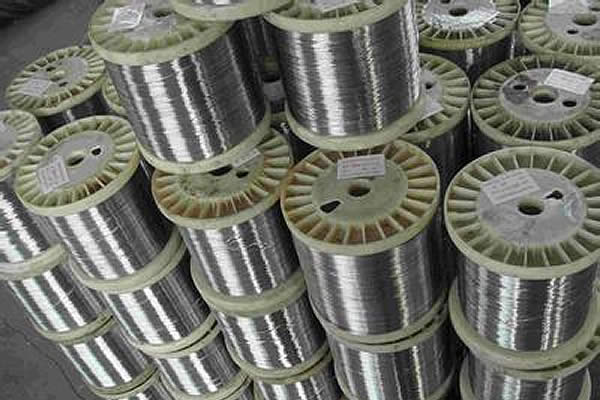 TEL:
+86-13102802206
TEL:
+86-13102802206
 Email:
fencenetting@china.com
Email:
fencenetting@china.com
 Language
Language
 TEL:
+86-13102802206
TEL:
+86-13102802206
 Email:
fencenetting@china.com
Email:
fencenetting@china.com
 Language
Language


Temporary Construction Barriers Importance, Types, and Best Practices
In the realm of construction, the safety and efficiency of operations are paramount. One of the essential components that facilitate both safety and efficiency on construction sites is the temporary construction barrier. These barriers serve as physical and visual safeguards, delineating work zones, protecting pedestrians, and ensuring compliance with safety regulations. In this article, we will explore the significance of temporary construction barriers, the various types available, and best practices for their effective use.
Importance of Temporary Construction Barriers
The primary purpose of a temporary construction barrier is to create a safe environment for both workers and the public. Construction sites can often pose risks, including falling debris, heavy machinery operation, and hazardous materials. By implementing barriers, construction managers can effectively mitigate these risks. Barriers serve to
1. Protect the Public Construction activities often take place in urban environments where pedestrians frequently navigate around worksites. Barriers help to divert foot traffic, reducing the likelihood of accidents and injuries.
2. Ensure Worker Safety By clearly marking construction zones, barriers keep unauthorized personnel out of potentially dangerous areas. This delineation is crucial in preventing accidents that could result from individuals inadvertently entering hazardous zones.
3. Contain Hazards Various construction activities may produce dust, noise, or even debris. Barriers can help to contain these elements, minimizing their impact on surrounding areas and maintaining a more controlled environment.
4. Maintain Aesthetic Appeal In urban areas, construction sites can be unsightly. Barriers can serve an aesthetic purpose as well, providing a cleaner appearance and sometimes even featuring company branding or advertising.
Types of Temporary Construction Barriers
Temporary construction barriers come in various forms and materials, each suited to different needs and environments. Below are some common types
1. Pedestrian Barriers These are typically made from lightweight materials such as plastic or metal and are used to redirect foot traffic safely around construction sites. They are often easily assembled and disassembled.
2. Concrete Barriers Also known as Jersey barriers, these are robust and effective at preventing vehicles from entering construction zones. They provide substantial protection against errant vehicles and are often used in road construction projects.

3. Chain Link Fencing This type of barrier offers visibility while providing a secure perimeter around a construction site. Often topped with barbed wire, chain link fencing is effective at deterring unauthorized access.
4. Snow Fencing Commonly used in colder climates, snow fencing prevents snow from drifting into work areas. This type of barrier is lightweight and easy to install, making it ideal for temporary applications.
5. Privacy Barriers Made from materials such as mesh or fabric, these barriers are used not only to protect but also to screen construction activities from public view. They are helpful in maintaining privacy for nearby residents.
Best Practices for Using Temporary Construction Barriers
To maximize the effectiveness of temporary construction barriers, it is essential to adhere to best practices
1. Regular Inspections Conduct routine checks on barriers to ensure they remain intact and properly positioned. Worn or damaged barriers can undermine safety efforts.
2. Clear Signage Use clear and visible signage alongside barriers to inform the public and workers about risks, detours, and safety-related information.
3. Compliance with Regulations Always ensure that barriers comply with local regulations and standards. This compliance not only enhances safety but can also prevent potential legal issues.
4. Training and Protocols Educate all personnel on the importance of barriers and establish protocols for their use and maintenance. Everyone on-site should understand the role barriers play in overall safety.
5. Adaptation to Site Needs Modify barriers as needed throughout the course of a project. As construction progresses, the nature of the work and associated risks may change, necessitating adjustments to barrier placement or type.
Conclusion
In summary, temporary construction barriers are a critical element in ensuring safety on construction sites. By protecting the public, safeguarding workers, and containing hazards, these barriers play an indispensable role in construction management. Understanding the types of barriers available and following best practices can lead to safer work environments, ultimately contributing to successful project outcomes. As construction continues to evolve, the importance of effective barriers remains constant in promoting safety and efficiency across the industry.